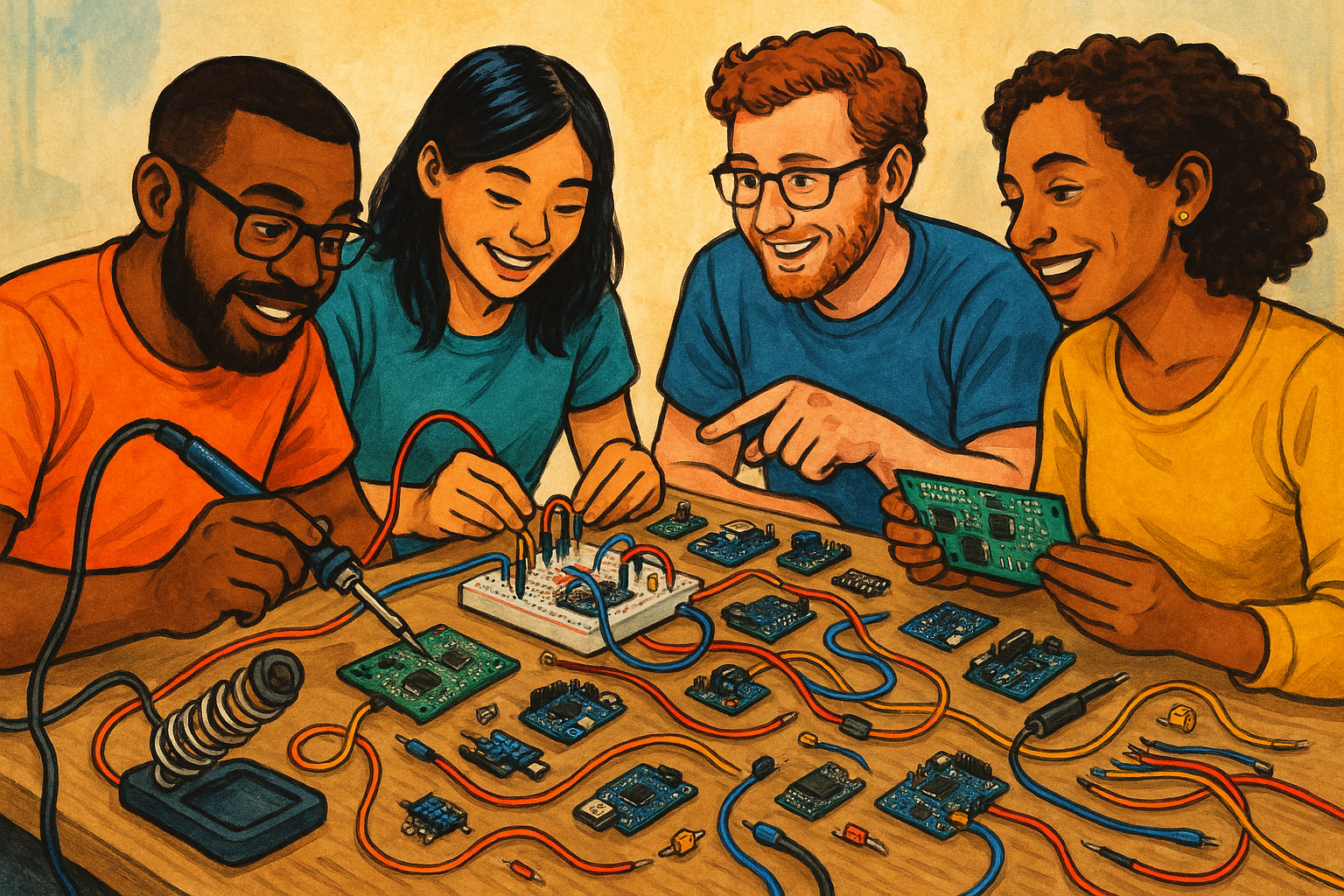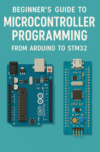Understanding the Challenges of Real-time Image Processing
In the realm of handheld ultrasound devices, the integration of Edge AI algorithms has revolutionized how we capture and process images. However, optimizing these algorithms for real-time performance presents a unique set of challenges. The primary hurdle lies in the limited computational power of portable devices compared to their larger, stationary counterparts. This necessitates a careful balance between the complexity of algorithms and the hardware capabilities.
Hardware Considerations for Edge AI
The first step in optimizing Edge AI algorithms is selecting the right hardware. Most handheld ultrasound devices rely on System on Chip (SoC) architectures that combine CPU, GPU, and dedicated AI accelerators. For instance, leveraging a GPU for parallel processing can significantly enhance image processing tasks like filtering and segmentation.
Moreover, power consumption is a critical factor. A typical handheld device operates on battery power, meaning that the energy efficiency of the hardware directly affects the usability of the device. Components like FPGAs (Field-Programmable Gate Arrays) can be employed for specific tasks, allowing for optimized processing without draining the battery too quickly.
Algorithm Design Trade-offs
Once the hardware is in place, the focus shifts to algorithm design. In image processing, tasks such as edge detection, noise reduction, and image enhancement must be executed swiftly and accurately. For example, traditional algorithms like the Sobel filter may provide adequate results but can be computationally intensive. An alternative is to implement convolutional neural networks (CNNs) that have been trained for specific ultrasound scenarios. CNNs can dramatically improve the accuracy of image classification while maintaining speed, provided they are optimized for the hardware in use.
Quantization is a common approach used to reduce the model size and increase inference speed. By converting floating-point models into lower precision (e.g., int8), we can significantly reduce the computational load. However, this introduces the challenge of ensuring that the accuracy of the model does not degrade significantly. This trade-off must be carefully managed through rigorous testing and validation.
Real-world Design Decisions
One of the most significant design decisions revolves around the choice of image processing algorithms. For instance, using a lightweight image segmentation algorithm can allow for faster processing times compared to more complex, feature-rich models. Yet, this may sacrifice some accuracy, especially in critical diagnostic scenarios.
Another key consideration is the integration of data streaming and real-time feedback mechanisms. Algorithms must not only process images quickly but also provide results that can be acted upon immediately by healthcare professionals. This can mean implementing edge computing solutions that allow for preliminary processing on the device itself, followed by cloud-based analysis for more complex computations.
Optimizing for Latency and Throughput
Latency is a critical factor in medical imaging, where every second counts. Techniques such as model pruning and layer fusion can help minimize the time taken for inference. By removing redundant neurons and combining layers, we can create a more efficient architecture that processes images faster without sacrificing quality.
Furthermore, batching inputs can improve throughput, but care must be taken to balance this with latency requirements. For instance, implementing a sliding window approach allows for continuous processing of incoming frames while still maintaining the responsiveness needed for real-time applications.
Future Directions and Innovations
As we look forward, the advent of new machine learning frameworks that support efficient model training and deployment on edge devices will be crucial. Technologies like federated learning could allow algorithms to improve over time without compromising patient data privacy. This means that as more devices are used in the field, the algorithms can learn from aggregated data without ever needing to upload sensitive information.
Additionally, we are witnessing an increasing trend toward integrating augmented reality (AR) for enhanced visualization of ultrasound images. This requires not only advanced image processing capabilities but also real-time rendering, pushing the boundaries of what handheld devices can achieve.



